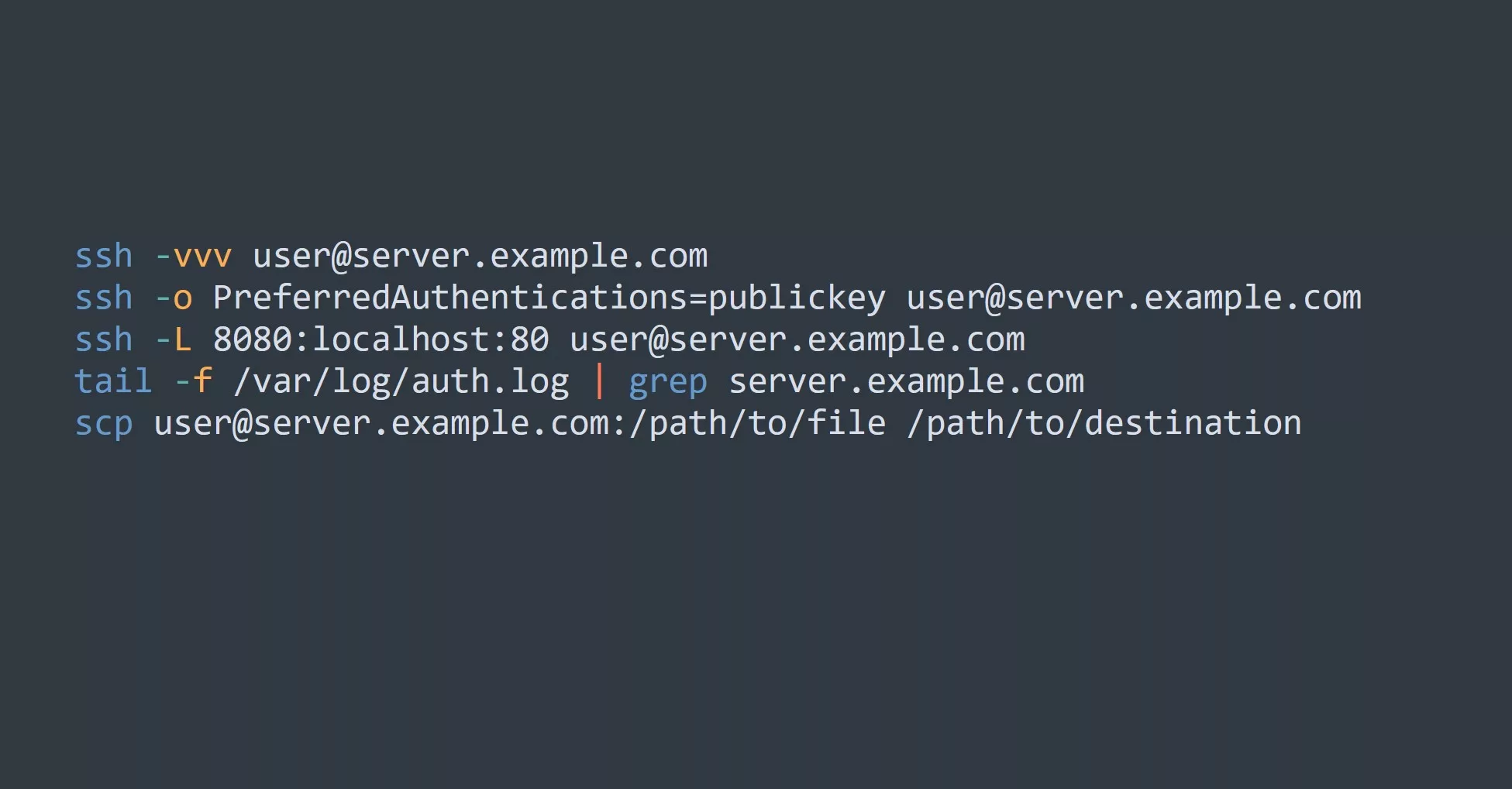Networking is an essential part of modern computing, and understanding the basics can help you troubleshoot issues, optimize performance, and plan for future upgrades.
The OSI Model
The OSI model is a theoretical framework that describes how data is transmitted over a network. It consists of seven layers, each with a specific role to play in the transmission of data:
- Physical Layer
- Data Link Layer
- Network Layer
- Transport Layer
- Session Layer
- Presentation Layer
- Application Layer
Each layer builds upon the previous one, and each layer communicates only with the layer immediately above and below it. This modular approach makes it easier to understand how data is transmitted over a network and how different technologies fit into the overall picture.
IP Addressing
Every device on a network must have a unique IP (Internet Protocol) address to identify it and allow other devices to communicate with it. There are two main versions of IP addressing: IPv4 and IPv6. IPv4 uses 32-bit addresses and is the most widely used version, while IPv6 uses 128-bit addresses and provides a larger pool of addresses.
Subnetting
Subnetting is the process of dividing a large network into smaller subnets. This allows network administrators to better control network traffic, optimize performance, and improve security. Subnetting is performed by dividing the network address into smaller subnet addresses, each of which can be assigned to a different subnet.
Routing
Routing is the process of forwarding data from one network to another. Routers are responsible for forwarding data packets from one network to another, based on their IP addresses. Routers use routing tables to determine the best path for forwarding data, and they use protocols such as OSPF (Open Shortest Path First) and BGP (Border Gateway Protocol) to communicate with other routers and exchange information about network routes.
Domain Name System (DNS)
DNS is a system that maps human-readable domain names to IP addresses. For example, when you type “itvraag.nl” into your browser, your computer sends a request to a DNS server to resolve the domain name to an IP address. The DNS server then returns the IP address, which your computer uses to connect to the website.
Dynamic Host Configuration Protocol (DHCP)
DHCP is a protocol that automates the assignment of IP addresses to devices on a network. When a device connects to a network, it sends a broadcast request for an IP address. The DHCP server on the network listens for these requests and assigns an IP address to the device, along with other configuration information such as the subnet mask and default gateway. This helps simplify network administration, as IP addresses are dynamically assigned as needed, rather than being assigned manually.
In summary, DHCP plays an important role in making it easy for network administrators to manage IP addresses and minimize the manual configuration of network devices.
Network Security
Network security is a critical aspect of networking, as it protects against unauthorized access and data theft. Common security measures include firewalls, encryption, and authentication.
Network Devices
Network devices are the physical components of a network, including switches, routers, and firewalls. These devices are responsible for forwarding data packets, making routing decisions, and enforcing network security policies.
Network Topology
Network topology refers to the physical or logical layout of a network. Common network topologies include bus, star, and mesh. The choice of topology depends on factors such as network size, traffic patterns, and reliability requirements.
Virtual Private Network (VPN)
A VPN is a secure, encrypted connection between two networks. It allows users to securely access resources on a remote network as if they were on the same local network. VPNs are commonly used by remote workers to access company resources, as well as to protect against public Wi-Fi security risks.
5 Tips for Networking Success
- Familiarize yourself with the OSI model and IP addressing.
- Practice subnetting and understand how it can be used to optimize your network.
- Familiarize yourself with common routing protocols, such as OSPF and BGP.
- Monitor your network performance regularly to identify potential issues and optimize performance.
- Stay up-to-date with the latest networking technologies and best practices.
In conclusion
Networking is a complex and constantly evolving field, but understanding the basics can help you take your skills to the next level. Whether you’re a power user or an advanced user, mastering the OSI model, IP addressing, subnetting, and routing is essential for success.
To continue your networking education, consider reading up on network security, virtual networking, and cloud networking. And for a challenge, try setting up your own home network and experimenting with different configurations and technologies.



